
Nursing Reform
Organised training of nurses and formal nurse uniforms were introduced.
Australian Financial Crisis
Steep pay cuts for hospital staff.

Change to the Infectious Diseases Policy
Diphtheria and scarlet fever patients were treated as outpatients - they had previously been refused care due to risk of contagion.
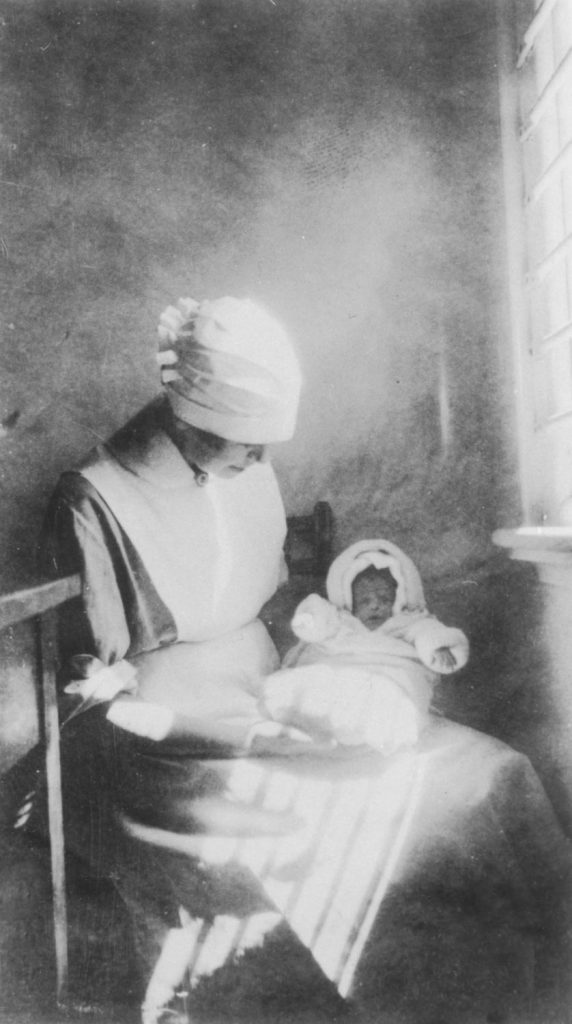
Babies Admitted to the Hospital for the First Time
Later, in 1921, a specialised babies’ ward was established.
Beginning of the First World War
July 28th, 1914
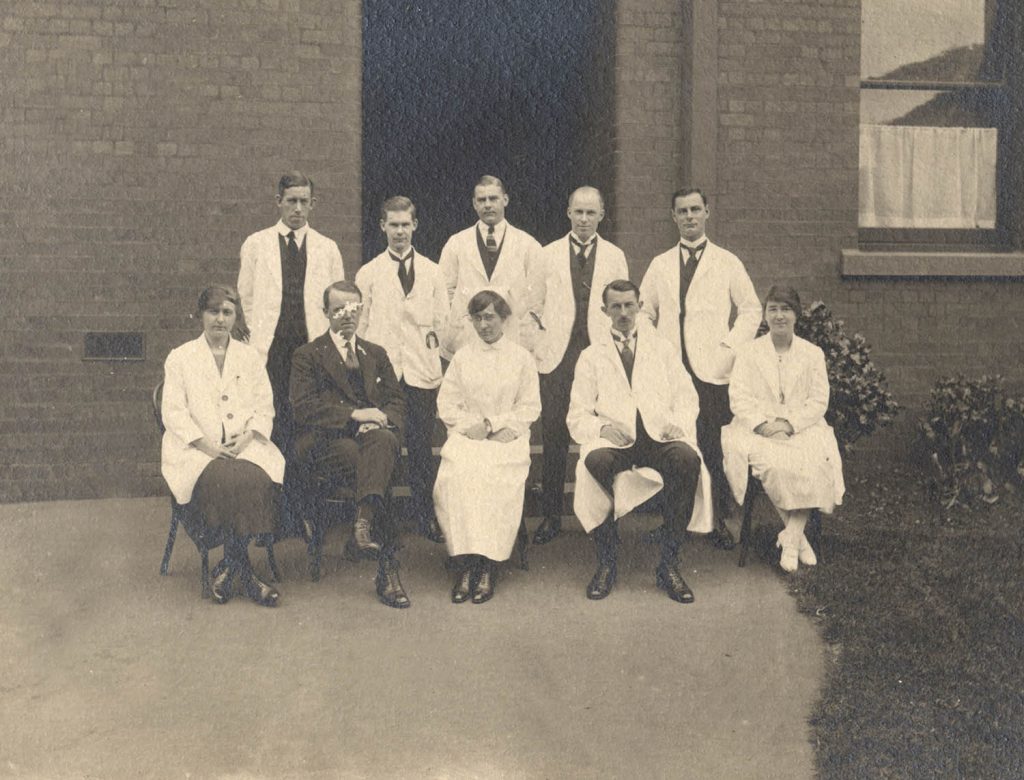
Male Doctors Join the Army
As a result, a more diverse representation of doctors were able to find employment at the Children’s. Women such as Dr Vera Scantlebury, Dr Ellice Davies, Dr Annie Bennett, Dr Bertha Donaldson, and Dr Annie Windmill joined the hospital as residents.
Cerebro-spinal Meningitis Epidemic
Influenza Pandemic
1918-1920
By 1919 the 'Spanish Flu' hit peak case numbers in Australia and tens of thousands of lives were lost.
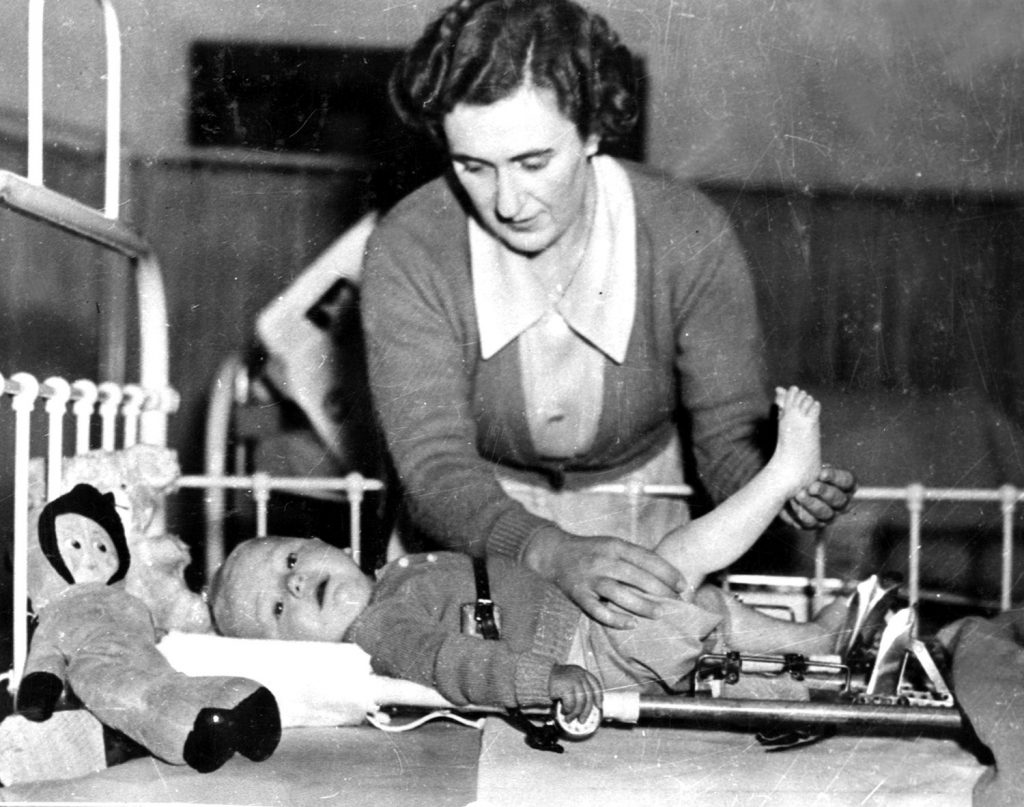
Increase in Physiotherapy Treatments
A polio epidemic in Victoria saw a need for the hospital to hire more physiotherapists, further solidifying the role of physiotherapy as a key aspect for after-care of patients.

Change in Working Conditions
After protests, the regular working week for nurses was reduced to 56 hours a week.
Image credit: PROV, VA 1239 The Royal Children's Hospital, VPRS 16800/P1 Rose Vaughan's Note Book, Unit 1 Rose Vaughan's Note Book November 1886 and October 1905. Digitised copy.
End of the First World War
November 11th, 1918
Returned Servicemen Are Given Preference for Employment
Nearly every new resident employed was a former soldier and women who had held doctor and surgeon positions during the war were put at a disadvantage.
The Great Depression
August 1929 - March 1933
Widespread hardship led to a rise in demand for the hospital’s services and lessening of public contributions. The committee deferred requests for new equipment due to lack of financial resources.
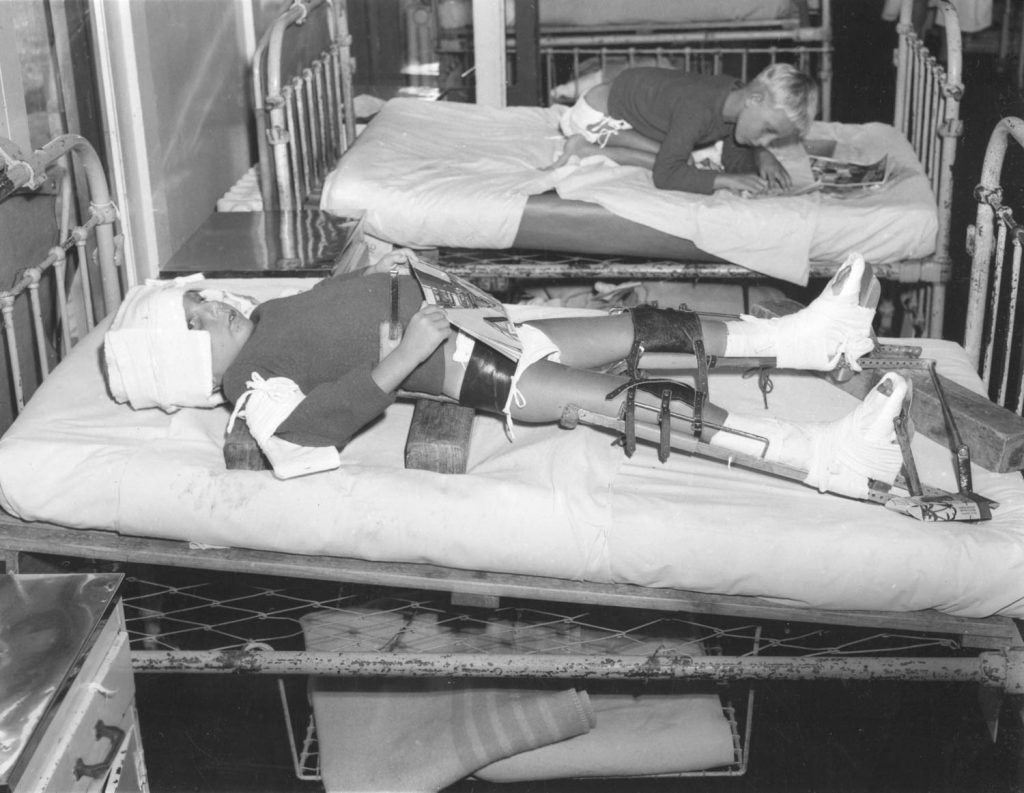
Polio Epidemic
1937 - 1938
There was a rise of poliomyelitis cases in the years between wars. Case numbers had a significant impact on the hospital’s services.
Beginning of the Second World War
September 1st, 1939
Change to Admissions Criteria
The hospital began to admit all children irrespective of their family’s financial situation.
End of the Second World War
September 2nd, 1945
Influx of Immigrant Families After the War
Late 1940s – early 1950s
Many children arriving from Europe with their families were suffering poor health from the journey and long-term malnutrition during the war. The hospital responded as best as it could, often relying on maids as interpreters.
First Male Trainee Nurse
Approved as a training school for male nurses in 1946, it wasn’t until 1952 that the nursing school received an application from a man.
Television Broadcasting in Australia Commenced
September 16th, 1956
Australian broadcasting began and television sets were placed in the wards for the patients’ entertainment.
Medibank
July 1st, 1975
Commonwealth-funded health insurance scheme implemented. It was subject to many changes in subsequent fluctuating political climates.
Medicare Introduced
Hawke government legislation reinstated universal health care.
Victorian Nurses’ Strike
The hospital’s paediatric nurses are among the few statewide who remained ‘on the job’.
Debt Crisis
The hospital was forced to dispose of assets and impose financial restrictions. Around 350 staff were cut.

First National Sorry Day
May 26th, 1998
Image credit: Janelle Jakowenko
Indonesian Tsunami Recovery
RCH International entered into an agreement with World Vision Australia to assist the Indonesian government in the recovery from the 2004 Boxing Day tsunami.
Black Saturday Bushfires
February 7th, 2009
Tragically, one hundred and seventy-three people in Victoria lost their lives.
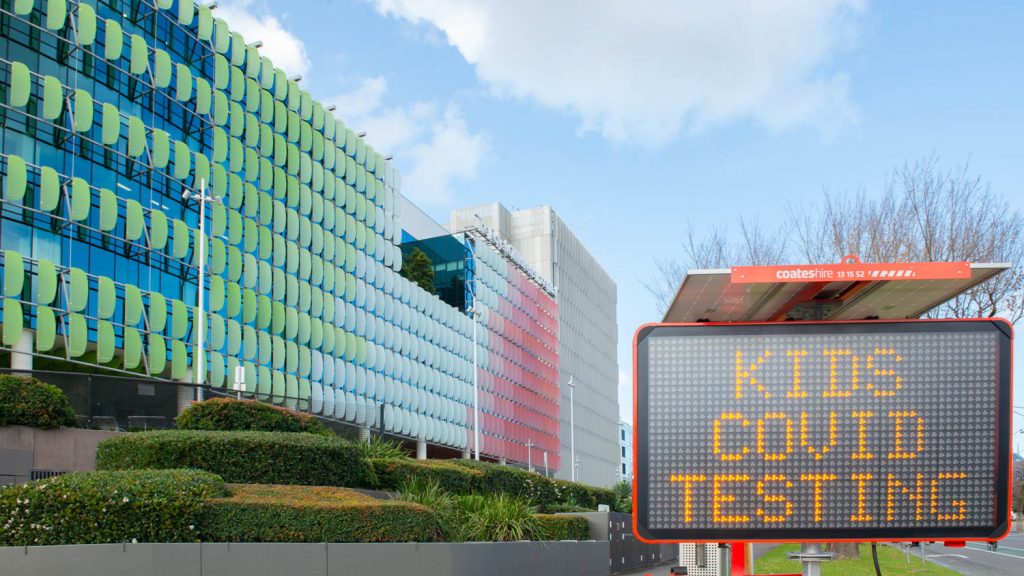
Coronavirus (COVID-19) Pandemic
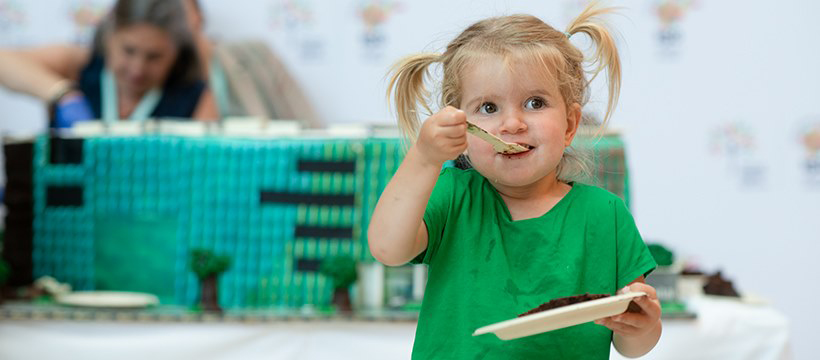
150th Anniversary Since Foundation
The hospital celebrates 150 years of great care for Victorian children.
Image credit: Alvin Aquino











